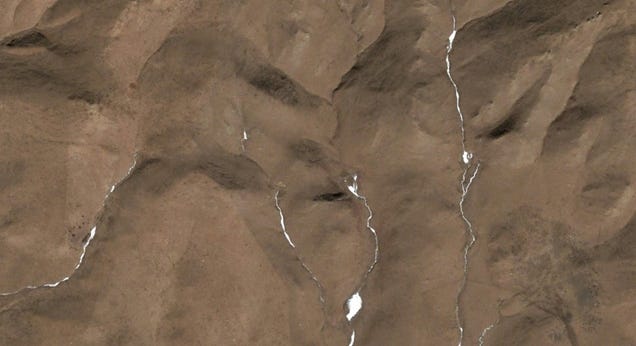

These include uses such as identifying possible heart conditions from an Electrocardiography (ECG) signals or predicting earthquakes via seismographic data. Harrity, Kyle Blasch, Erik Alford, Mark Ezekiel, Soundararajan Ferris, Davidĭetecting anomalies in non-stationary signals has valuable applications in many fields including medicine and meteorology. However, we have found that the inclusion of a data-driven algorithm such as IMS into a suite of deployable health management technologies does add significant value. Our conclusions indicate that robust detection performance of simulated failures using IMS is not appreciably affected by the use of a high fidelity simulation. Furthermore, the ability of IMS to detect anomalies that were previously unknown and not previously simulated will be studied in earnest, as well as apparent deficiencies or misapplications that result from using the data-driven paradigm. As such, we will investigate both a low fidelity and high fidelity approach to simulating such failures, with the latter based upon the underlying physics. However, the ability of IMS to detect these failures in a true operational setting may be related to the realistic nature of how they are simulated. In this paper, we will assess the performance of a data-driven anomaly detection algorithm, the Inductive Monitoring System (IMS), which can be used to detect simulated Thrust Vector Control (TVC) system failures. PMID:27690035ĭata-Driven Anomaly Detection Performance for the Ares I-X Ground Diagnostic Prototype In addition, spatial data-driven anomaly detection is quite significant for maintaining and improving the precision of sensor data. The experiment results show that cooperative TDSS can realize non-uniform sensing effectively to reduce the energy consumption. To keep the precision of sensor data, spatial data-driven anomaly detection based on the spatial correlation and Kriging method is realized to generate an anomaly indicator. To realize synchronous acquisition in the same ring for analyzing the situation of every ring, TDSS is implemented in a cooperative way in the cluster. Based on long and linear cluster structure in the tunnel monitoring system, cooperative TDSS and spatial data-driven anomaly detection are then proposed. The TDSS model is inspired by transmission control protocol (TCP) congestion control. In this work, the combination of temporal data-driven sleep scheduling (TDSS) and spatial data-driven anomaly detection is proposed, where TDSS can reduce data redundancy. These two parts are pursued separately in existing works. Most of the existing works based on the spatial–temporal correlation can be divided into two parts: redundancy reduction and anomaly detection. The spatial–temporal correlation is an important feature of sensor data in wireless sensor networks (WSNs). Li, Gang He, Bin Huang, Hongwei Tang, Limin Temporal Data-Driven Sleep Scheduling and Spatial Data-Driven Anomaly Detection for Clustered Wireless Sensor Networks


 0 kommentar(er)
0 kommentar(er)
